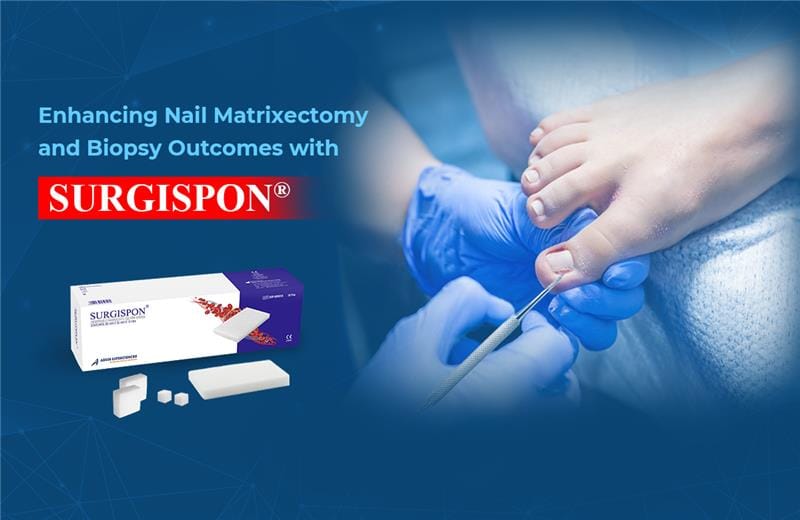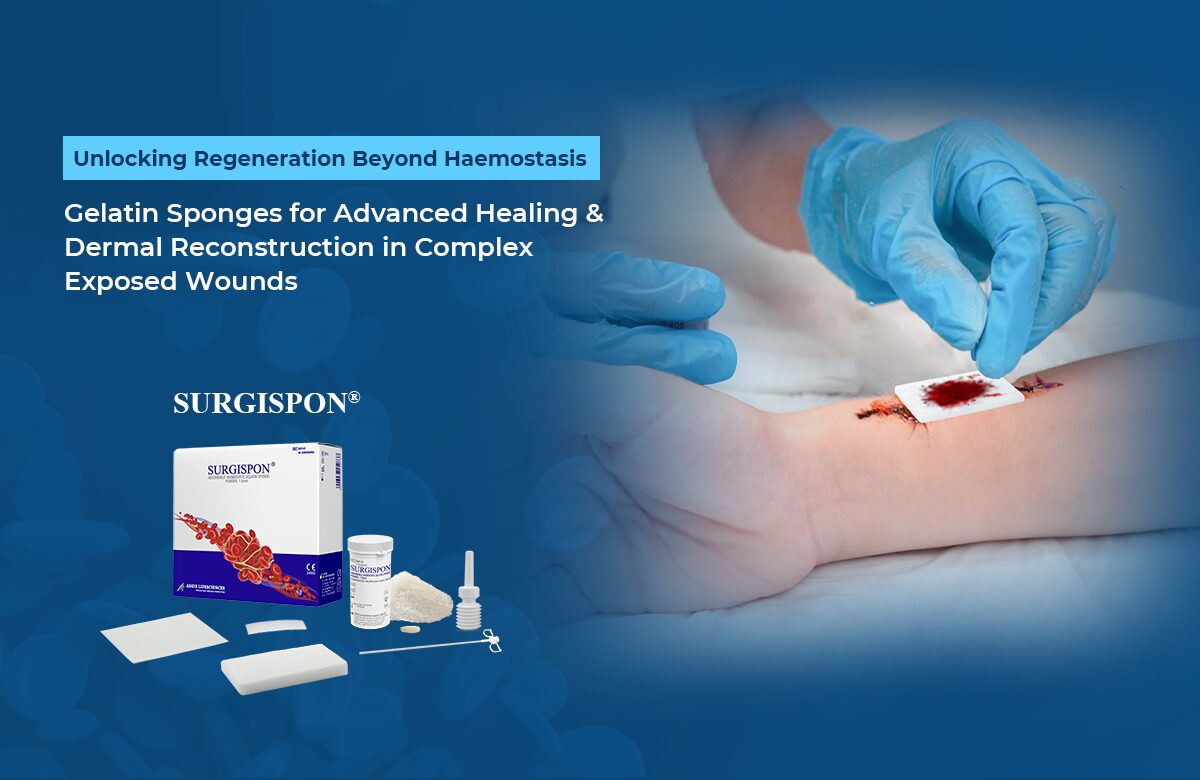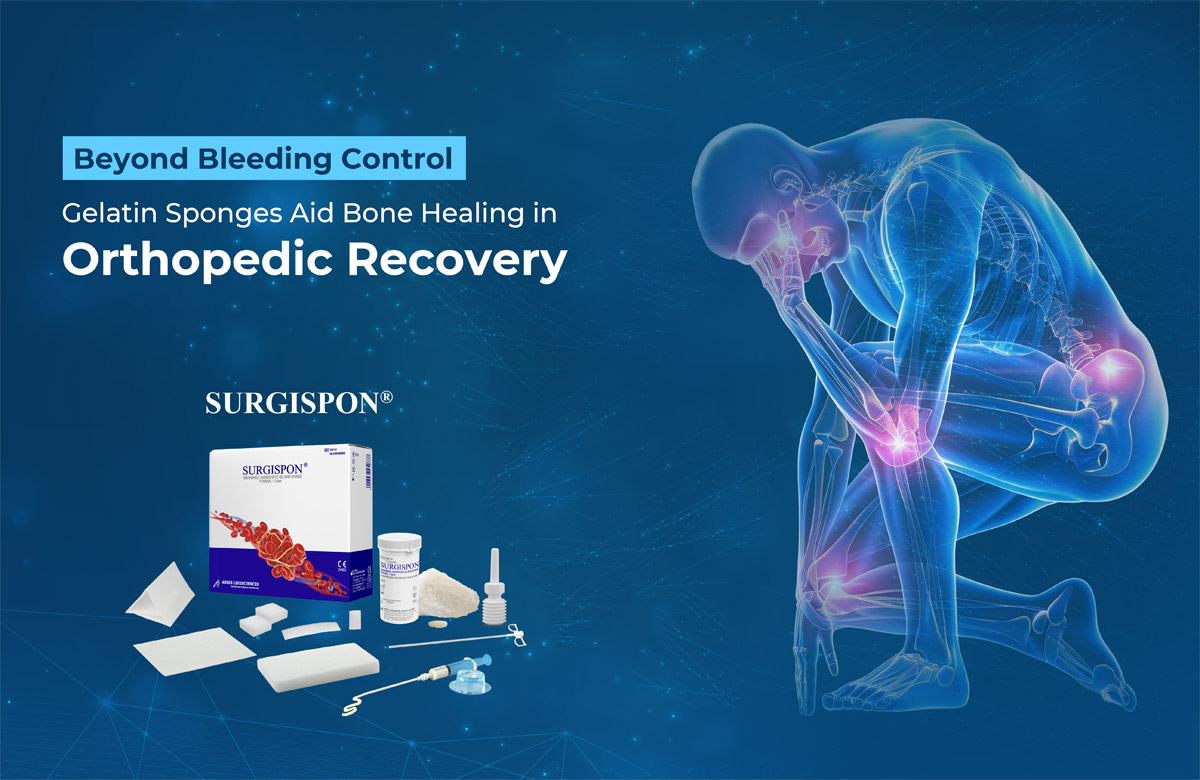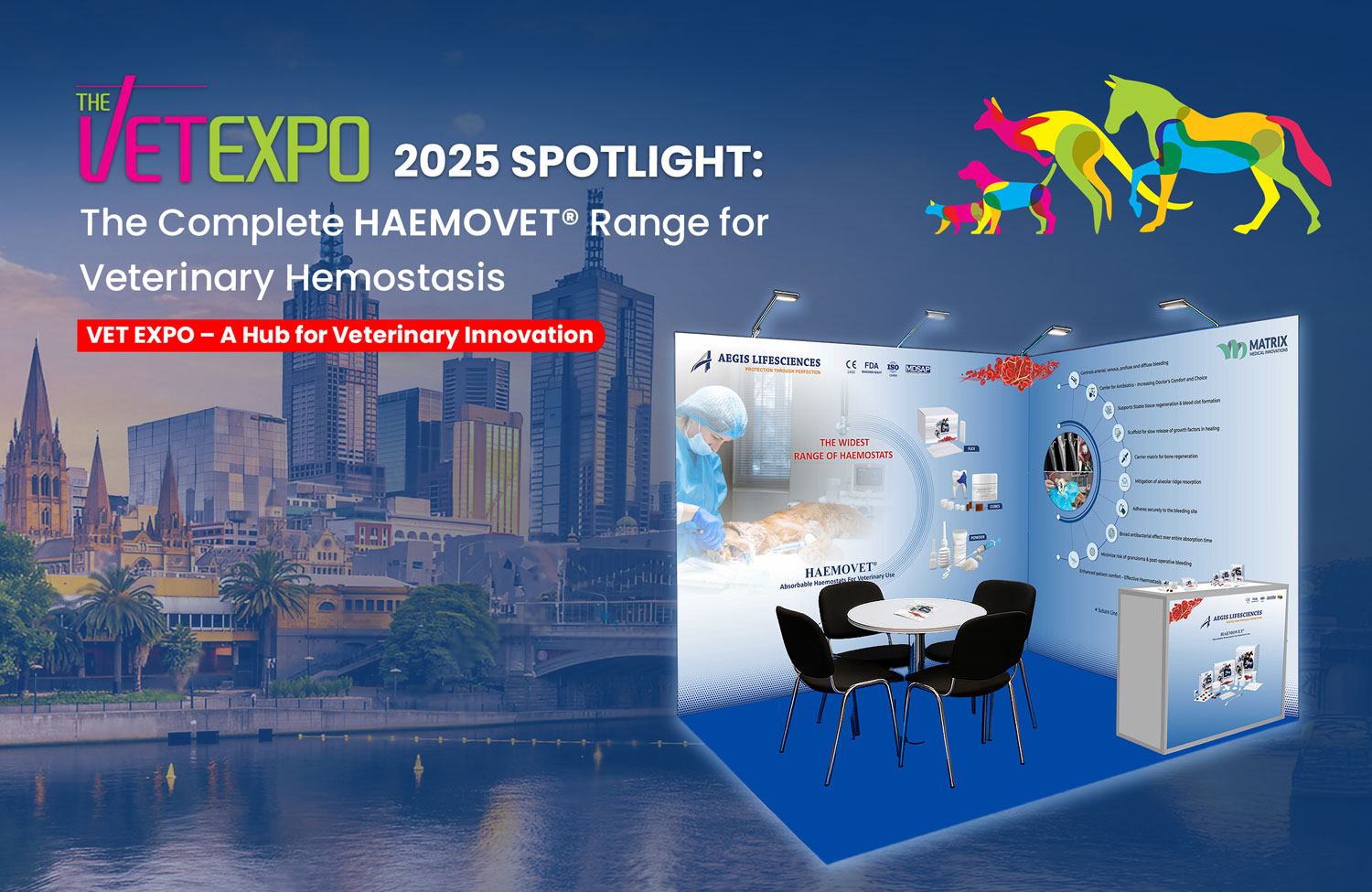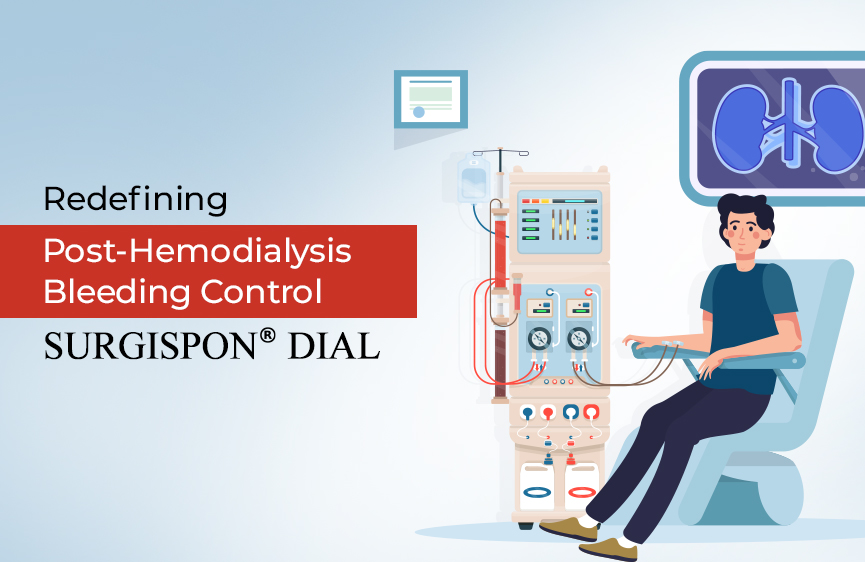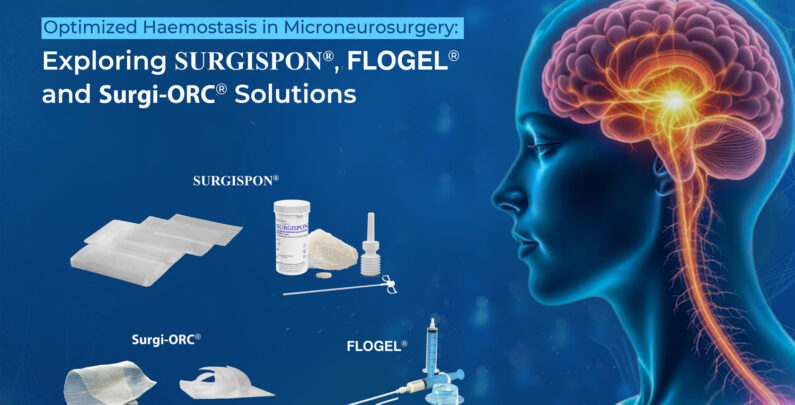
Optimized Haemostasis in Microneurosurgery: Exploring SURGISPON®, FLOGEL® and Surgi-ORC® Solutions
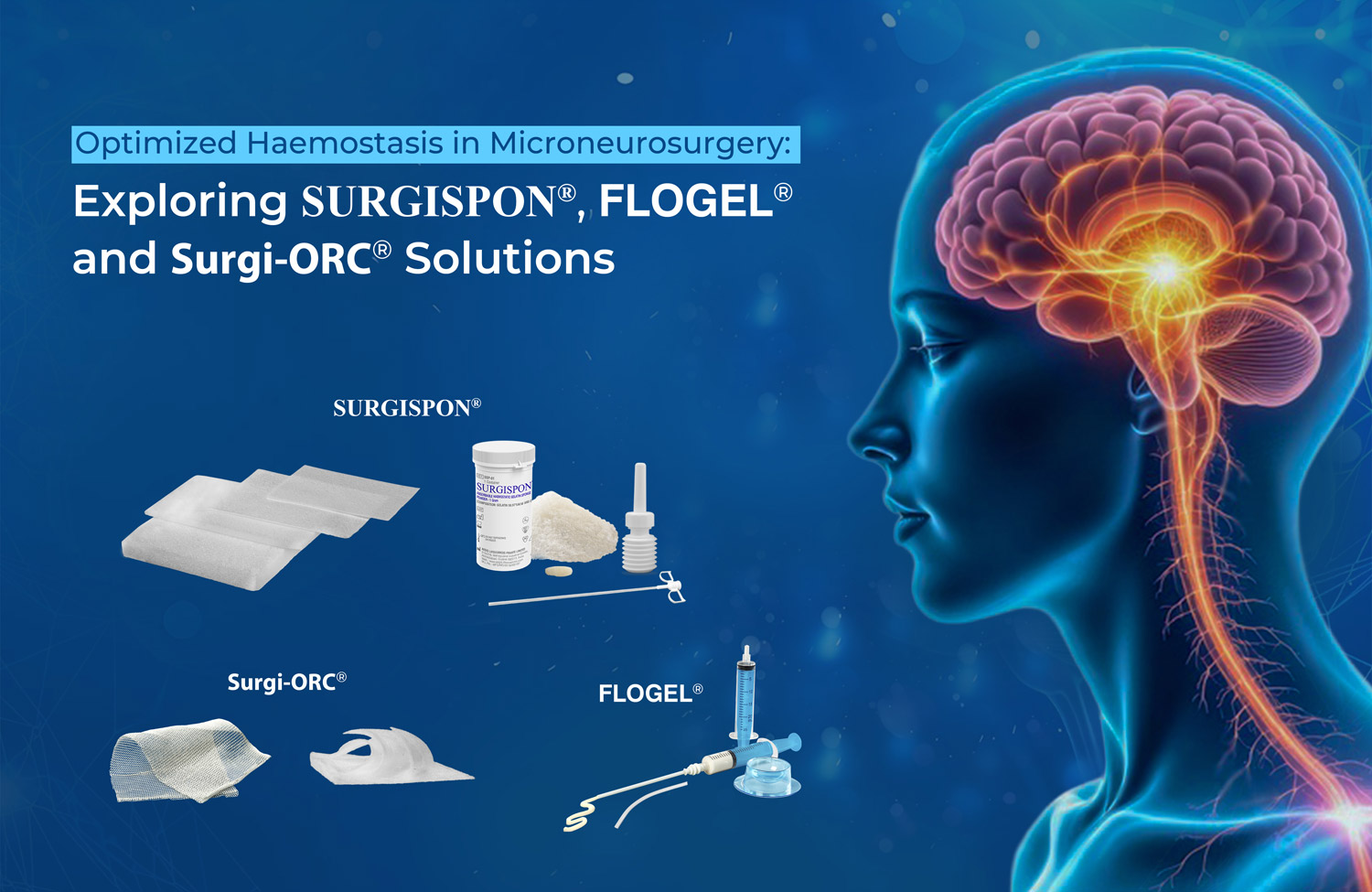
Introduction
In microneurosurgery, even minor bleeding can obscure the operative field and increase risk, making precise haemostasis essential. Gelatin-based agents: SURGISPON®, FLOGEL® and the plant-based agent Surgi-ORC® offer a versatile, cost-effective alternative to conventional methods like bone wax. When combined with human-derived thrombin as a gelatin–thrombin matrix, their efficacy is further enhanced, making them a reliable choice for delicate neural and vascular procedures.
Exploring SURGISPON®, FLOGEL® and Surgi-ORC®: Complete Benefits for Neurosurgical Hemostasis
- SURGISPON®: Absorbable Haemostatic Sponge
SURGISPON®is a gamma-sterilized, non-toxic, absorbable gelatin sponge that provides fast and effective bleeding control during neurosurgeries.
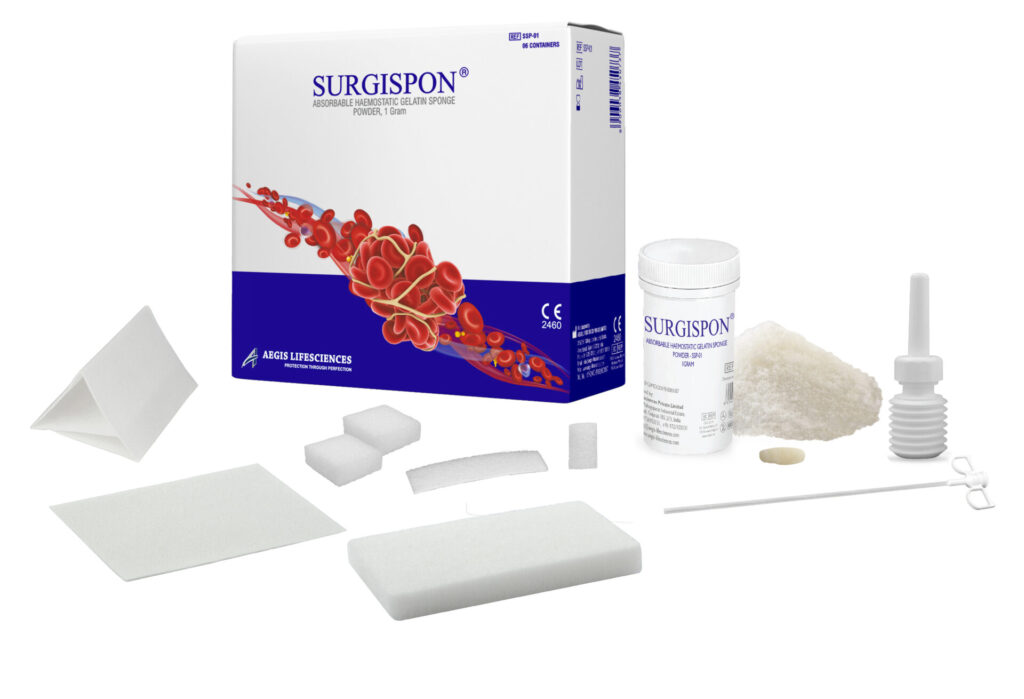 Fig 1: SURGISPON® Absorbable Haemostatic Sponge
Fig 1: SURGISPON® Absorbable Haemostatic Sponge
Key Features & Benefits:
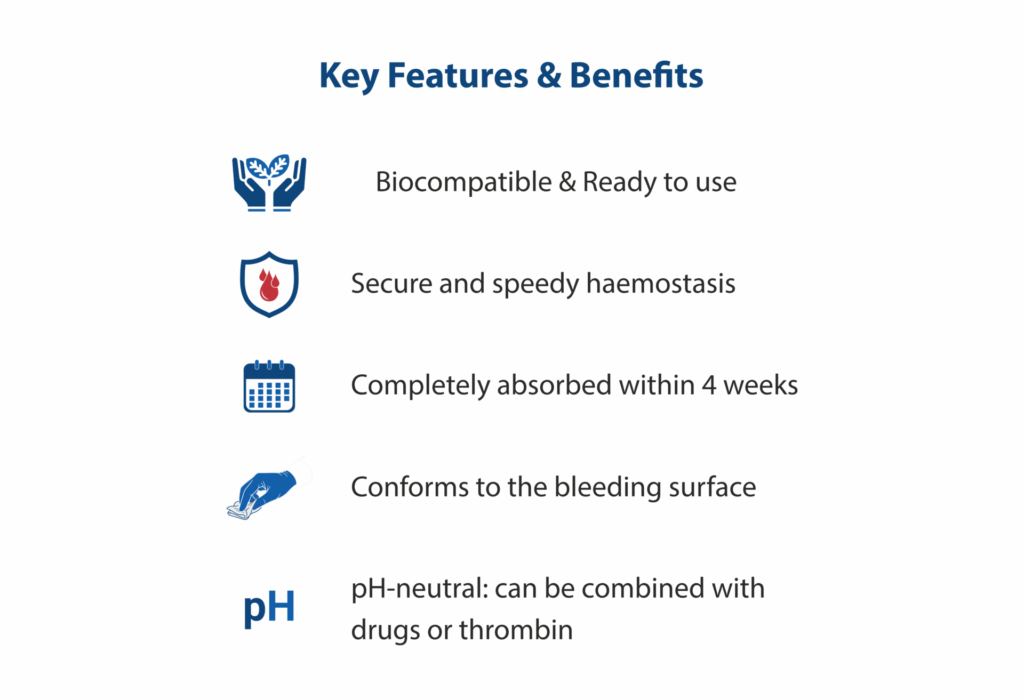 Available Forms:
Available Forms:
- SURGISPON®– Haemostatic Sponge & Powder
Available in Regular, Film, Size 45, Special, and Bellow Powder (1 g & 3 g).
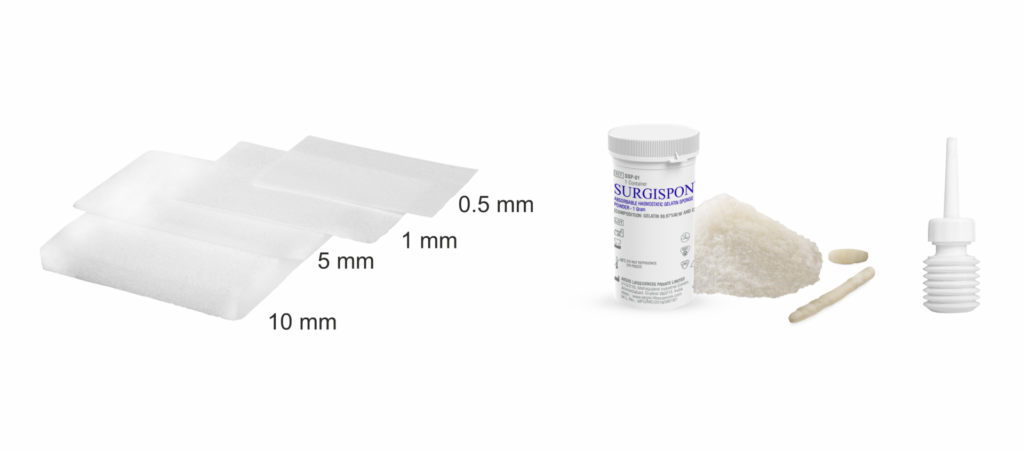 Fig 2: Available Sizes of SURGISPON® Absorbable Haemostatic Sponges
Fig 2: Available Sizes of SURGISPON® Absorbable Haemostatic Sponges
- FLOGEL®: Flowable Gelatin Haemostatic Agent Gel
FLOGEL®is an advanced, flowable gelatin-based haemostatic agent gel designed for efficient bleeding control in irregular, or hard-to-reach areas.
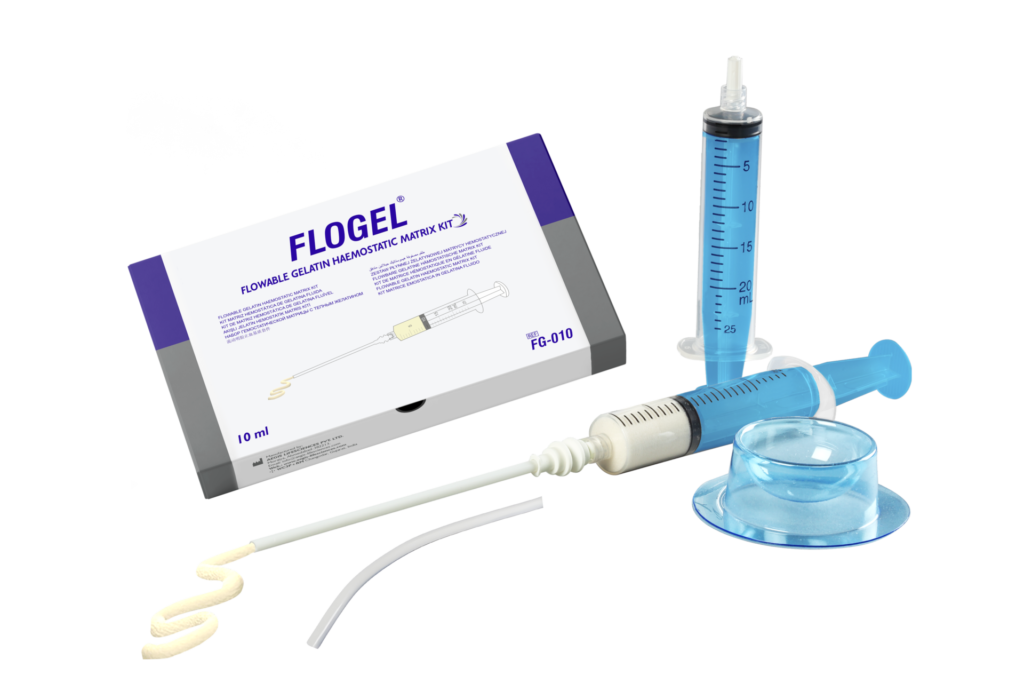 Fig 3: FLOGEL®: Flowable Gelatin Haemostatic Matrix Kit
Fig 3: FLOGEL®: Flowable Gelatin Haemostatic Matrix Kit
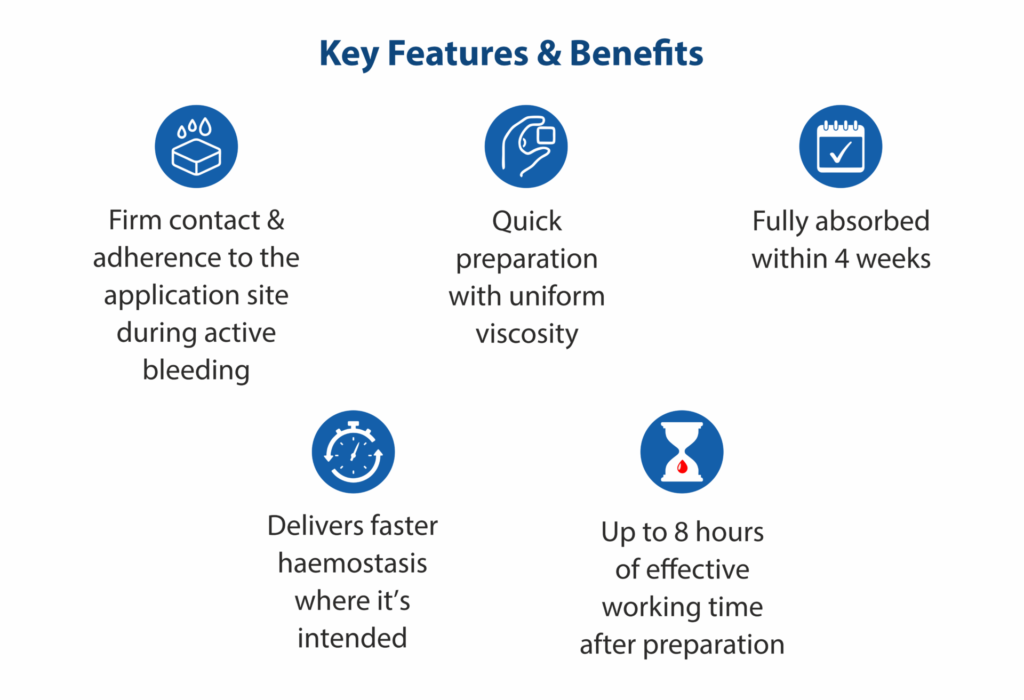
Available Kit Sizes:
5 ml, 6 ml, 8 ml, and 10 ml kits
- Surgi-ORC®: Plant-Based Haemostatic Solution
Surgi-ORC® is a natural plant based absorbable haemostat made up of Oxidized Regenerated Cellulose, designed to stop capillary, venous and minor arterial bleeding
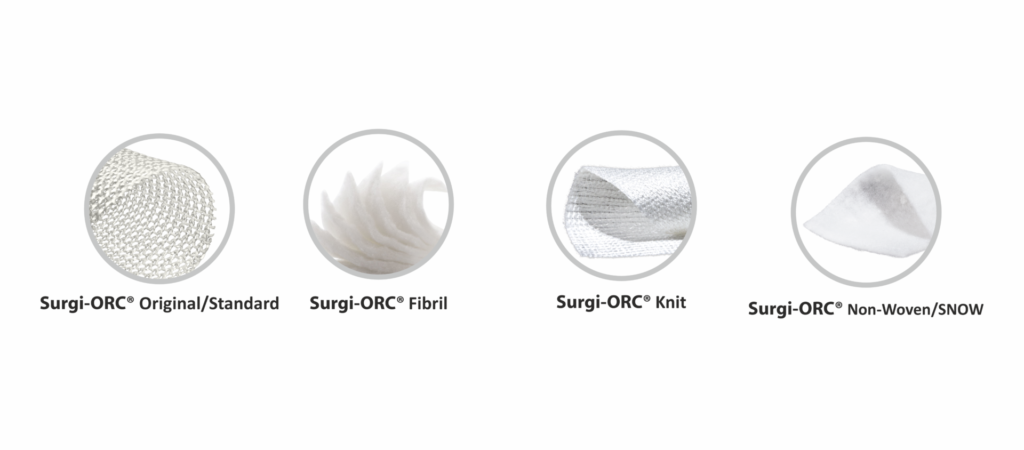 Fig 4: Surgi-ORC® Absorbable Haemostat
Fig 4: Surgi-ORC® Absorbable Haemostat
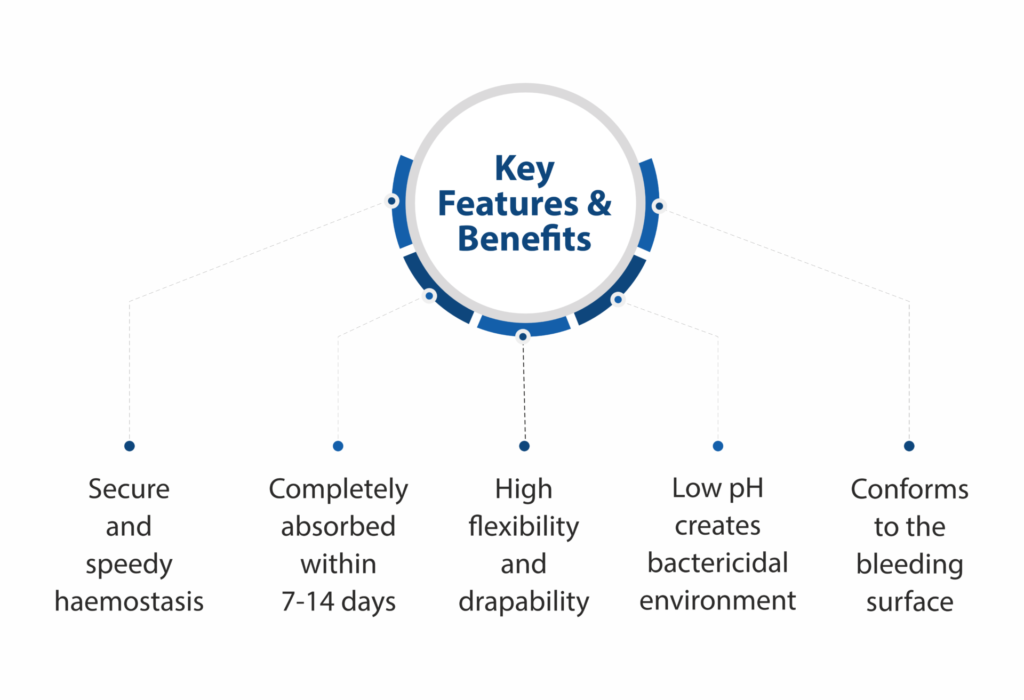 Available Forms:
Available Forms:
- Surgi-ORC® Original/Standard (2×14, 4×8and 2×3inches)
- Surgi-ORC®Knit (2×3, 3×4 and 6×9 inches)
- Surgi-ORC® Fibril (1×2, 2×4 and 4×4 inches)
- Surgi-ORC® Non-Woven/SNOW (1×2, 2×4 and 4×4 inches)
Clinical Evidence
- In a randomized trial, over 8,000 cases across 25 years, Gelfoam wafers demonstrated haemostatic efficacy similar to Oxycel, achieving excellent outcomes with no complications. Applied to line cavities after brain lesion removal, this simple and practical method provides a reliable haemostasis solution in neurosurgery.1
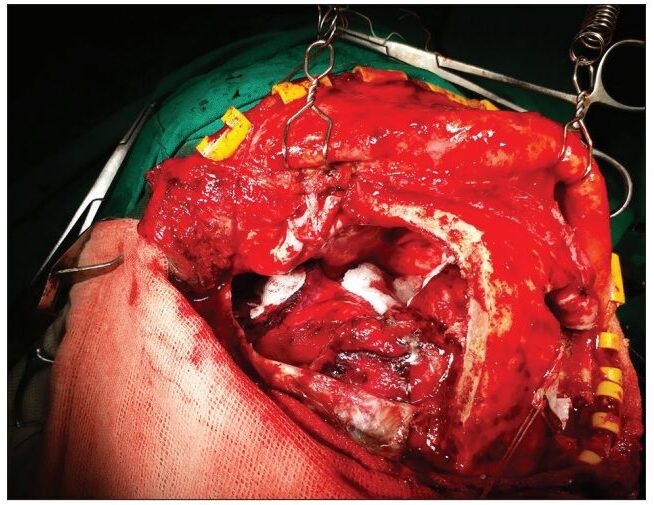 Fig 5: Wafer lining the brain surface after lobectomy1
Fig 5: Wafer lining the brain surface after lobectomy1
- In a prospective study of 25 transnasal endoscopic and microscopic skull base procedures (Jan–Jun 2015), FloSeal delivered through a controlled system allowed precise 0.5–1 mL application. This enhanced surgical visibility, minimized FloSeal usage, and provided 5–10 applications per 5-mL ampule, effectively achieving haemostasis while reducing costs.2
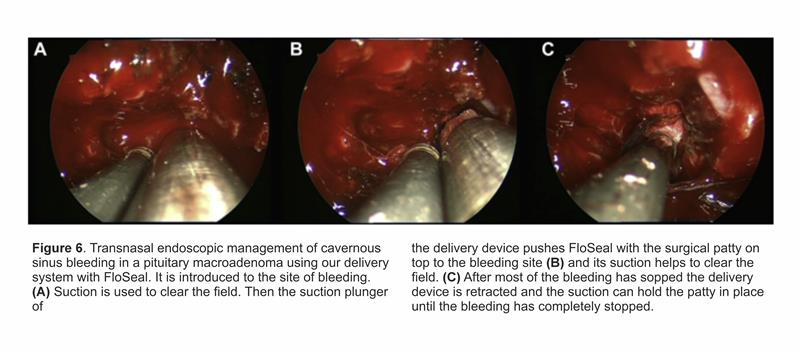 Key Haemostasis in Neurosurgical Applications1, 3-5
Key Haemostasis in Neurosurgical Applications1, 3-5
| Haemostasis | Dural reconstruction | Special indications |
| AVM/Dural epidural bone, Chronic Subdural Hematoma | Posttraumatic, Dural repair after craniotomy, Extreme Lateral Inferior Transcondylar Exposure | Lateral suboccipital craniotomy, Tumor removal/resection |
| BrainTissue (Parenchyma) | Chronic Subdural Hematoma | Intracranial meningiomas, Vascular Anastomosis & Repair |
| Skull Base &Cavernous sinus | Skull base procedures (tumor bed, sinuses) | Transsphenoidal hypophysectomy (sphenoid sinus), Tanycytic ependymoma |
| Spinal Surgery | Spine& Convexity | Implant Fixation |
Conclusion
SURGISPON®, FLOGEL®and Surgi-ORC®offer neurosurgeons reliable, safe, and practical solutions for controlling bleeding in delicate neural procedures. Their versatility, cost-effectiveness and ability to work with thrombin or any drug make them essential tools in microneurosurgery, helping improve surgical outcomes and support faster patient recovery.
References
- Prabhu S, Prabhu S. Bespoke gelfoam wafers: A practical and inexpensive alternative to oxycel for hemostasis during neurosurgery. Asian journal of neurosurgery. 2019 Jun;14(02):483-6.
- Brand Y, Narayanan V, Prepageran N, Waran V. A cost-effective delivery system for Floseal during endoscopic and microscopic brain surgery. World Neurosurgery. 2016 Jun 1;90:492-5.
- Güresir E, Vatter H, Schuss P, Oszvald Á, Raabe A, Seifert V, Beck J. Rapid closure technique in decompressive craniectomy. Journal of Neurosurgery. 2011 Apr 1;114(4):954-60.
- Deopujari CE, Ambekar S, Yetukuri BR, Diyora B, Ghosh A, Krishnan P, Panigrahi M, Ranjan R, Raman C, Tyagi S, Vaishya S, Venkataramana N, Sinha VD, Paniker D, Das S. Expert panel recommendations for topical hemostatic agent use in varied bleeding sites and situations during neuro-spine surgeries. J Clin Neurosci. 2024 Feb;120:30-35. doi: 10.1016/j.jocn.2023.12.007. Epub 2024 Jan 3. PMID: 38176112.
- Fiss I, Danne M, Stendel R. Use of gelatin-thrombin matrix hemostatic sealant in cranial neurosurgery. Neurologia medico-chirurgica. 2007;47(10):462-7.




